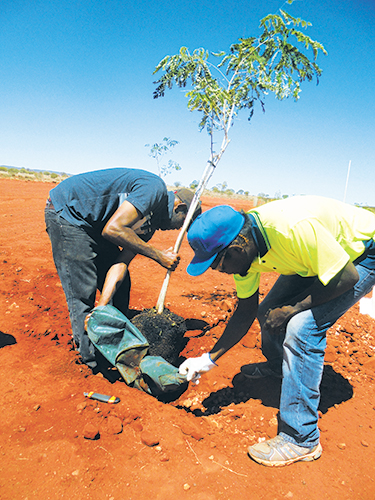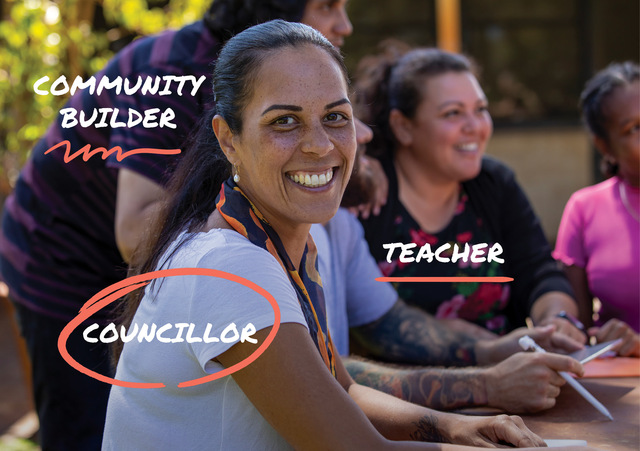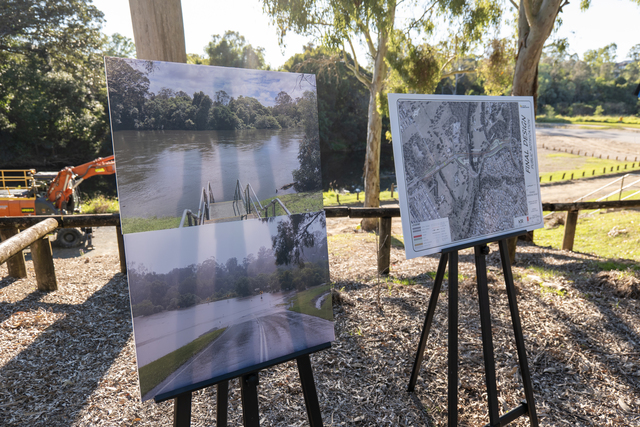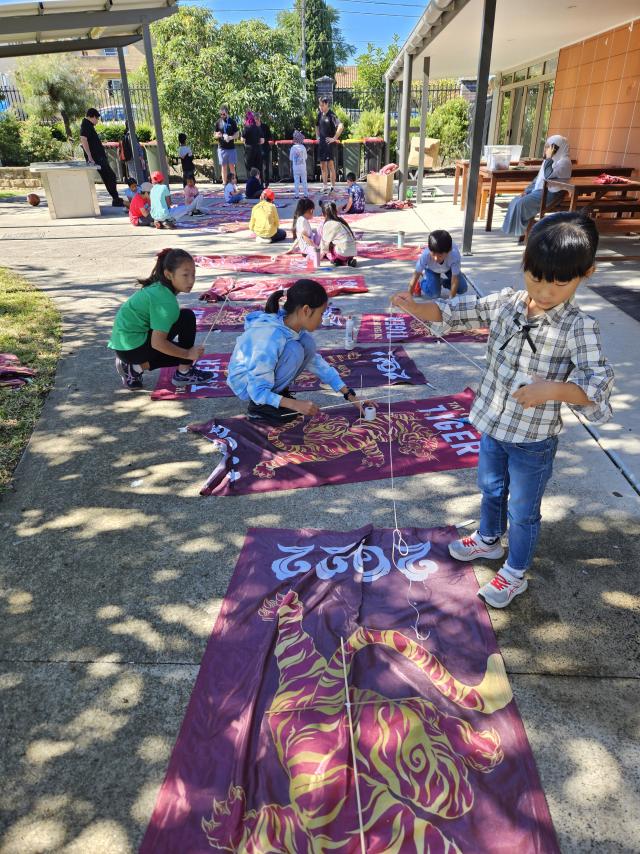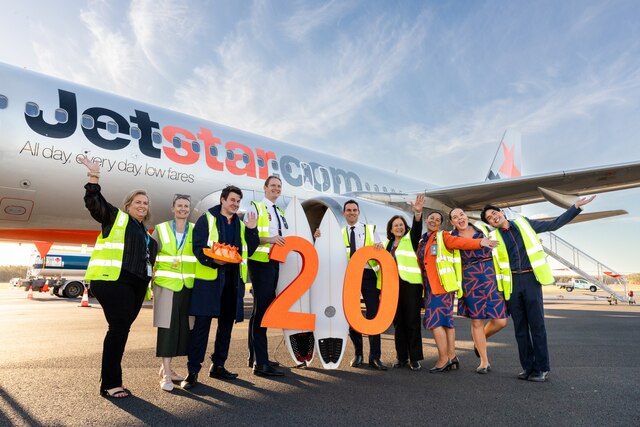The MacDonnell Regional Council is investing $200,000 over two years to re-vegetate thirteen remote Indigenous communities within the Council area, covering 268,000 km². The aim of the venture is to plant 300 native trees and shrubs in each community. In total, approximately 4000 trees will be planted over two years.
MacDonnell Regional Council’s vision is ‘Many voices, one dream, building a quality desert lifestyle’. Both the process to develop this project and the implementation helps the Council to deliver on this vision. The project came into inception through community consultations and planning with the Local Authorities, which are established in each community. Through the Council’s planning processes with the Local Authority groups, it identifies and sets the local priorities for each of the communities. It was evident from this community engagement that there was consistent and repeated requests for more shade trees and landscaping throughout each community, all of which are located in the Central Australian arid zone environment.
Council applied for, and received, $100,000 in funding from the Northern Territory Government’s Department of Local Government and Community Services. Council has contributed to the project through budgeted and in-kind support aimed at maximising the success and sustainability of this project. This will be done by recognising both its internal labour and resource contributions, along with the ongoing nurturing that is critical to establish the plants in the harsh climates. Implementing the project over two years will enable the Council to better manage the risk of plant failure due to the harsh climatic conditions, and result in more
sustainable outcomes.
Native plant selections will be complementary to existing species in each community, with plants being sourced from local suppliers.
These suppliers have a proven track record in developing native tube-stock seedlings that are drought hardy and robust for the climate. The Council has also engaged directly with local community residents to gather local knowledge and information on the most appropriate plant species for the region.
The Council aims to maximise community involvement and participation in the implementation and maintenance phases of the project and believes there are abundant opportunities for partnerships, such as with the Community Development Programme (CDP) providers, or other interested Indigenous community groups. One of the main goals of the Council is to upskill Indigenous people and to develop career pathways. As part of the implementation, Council will run workshops at each community that demonstrate how to plant correctly, prepare the ground, mulch, maintain and irrigate the plants for any stakeholders who engage in the program.
MacDonnell Regional Council has 80 percent Indigenous employment, with its Works teams comprised predominantly of local Indigenous staff. The Indigenous Works teams will be responsible for the delivery of the project, and will work in collaboration with other service providers or community participants. Council is hopeful that by engaging Indigenous people and other organisations that it will build capacity and lead to future employment opportunities for Indigenous residents. It is anticipated the tube-stock will need to be maintained for at least the first 12 months once planted, or until they are well established.
Over the twenty-four month period the plan is to enhance and develop plants native to the region, at the same time improving shaded and other landscaped spaces to be enjoyed by community residents.

